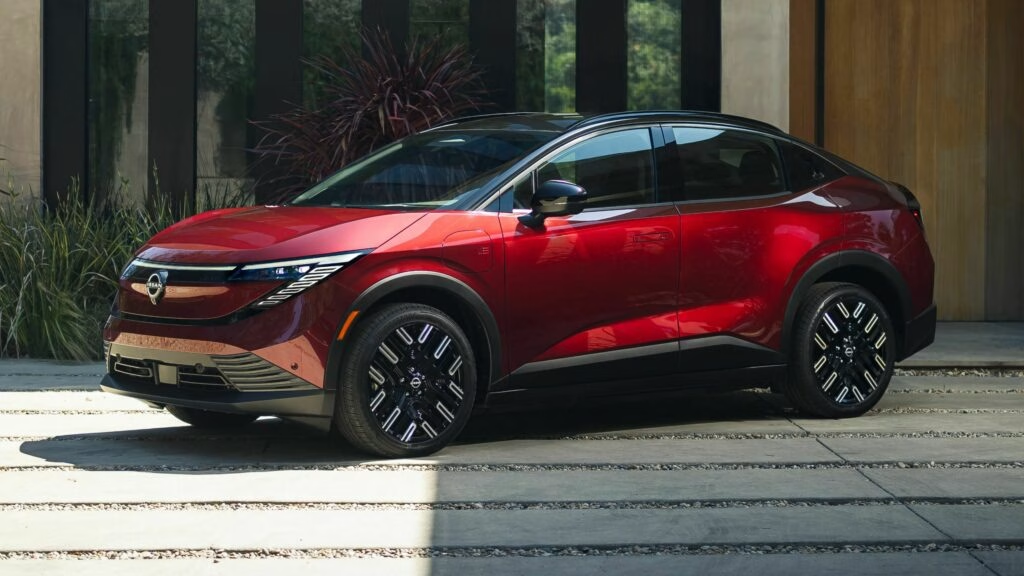Why Is the 2026 Nissan Leaf Cheaper in the US Than in Canada?
If you’ve been eyeing the new 2026 Nissan Leaf, you might have noticed something odd: it’s one of the most affordable electric vehicles in the US, starting just under $30,000, but cross the border into Canada and the price tag jumps. What’s behind this price gap? Turns out, it’s not just about currency exchange rates or taxes.
Are Canadian Leafs Really That Different From US Models?
Absolutely. While the cars might look nearly identical at first glance, the Canadian-spec Leaf comes loaded with features that make it more winter-friendly. Standard equipment in Canada includes heated front seats, heated mirrors, a heat pump, a battery heater, and integrated LED turn signals—features that are either optional or absent on the base US model. For anyone who’s ever scraped ice off a windshield in February, those extras aren’t just nice—they’re essential.
Nissan Canada’s spokesperson, Didier Marsaud, put it plainly: vehicle pricing is shaped by specs, market competition, and more. In Canada, cold-weather gear isn’t just a luxury; it’s a must-have. So, while US buyers can opt for a lower-spec, price-leader trim, Canadians get a Leaf that’s ready for real winter.
How Do the Trim Prices Actually Compare?
Let’s break it down. Using current exchange rates and Nissan’s own pricing, here’s how the main trims stack up (excluding destination fees):
– Leaf S+: CA$44,998 (about US$32,600) in Canada vs. US$29,990 in the US—a $2,600 premium for Canadians.
– Leaf SV+: CA$47,998 (about US$34,700) in Canada vs. US$34,230 in the US—roughly $500 more.
– Leaf Platinum+: CA$52,798 (about US$38,200) in Canada vs. US$38,990 in the US—actually $800 less in Canada.
It’s a mixed bag, but the entry-level S+ is where the biggest gap shows up. That’s because the Canadian S+ isn’t really “entry-level”—it’s more like a US mid-trim with all the cold-weather bells and whistles.
Is the 2026 Leaf Still a Good Deal in Canada?
Despite the higher sticker price, the Leaf remains one of the most affordable EVs in Canada. Analyst Robert Karwel from J.D. Power Canada notes that, at transaction price, the Leaf undercuts rivals like the Chevrolet Equinox EV (CA$48,433), Kia Niro EV (CA$48,620), and Hyundai Kona Electric (CA$49,279). So, while you might pay more than your friends in Seattle, you’re still getting a solid deal compared to other options on the Canadian market.
Why Has the Leaf Gotten Cheaper in the US, but Pricier in Canada?
Here’s a fun bit of trivia: the 2026 Leaf actually costs less in the US than the original 2011 model did (US$29,990 vs. US$32,780, not adjusting for inflation). In Canada, though, the price has climbed from CA$38,395 in 2011 to CA$44,998 today. What gives?
It comes down to packaging and market strategy. US buyers get a stripped-down base model to hit that magic sub-$30k price point, while Canadian buyers get a better-equipped car out of the gate. According to Karwel, this isn’t unusual—Canadian models are often packaged with more features, since most buyers expect them. The US market, on the other hand, loves a bargain-basement base trim, even if few people actually buy it.
Do US Leaf Prices Affect Canadian Buyers?
There’s no denying that TV ads and online buzz about the Leaf’s low US price can cause some sticker shock for Canadian shoppers. Steve Chipman, CEO of Birchwood Automotive Group, points out that cross-border advertising can muddy the waters. But he’s hopeful that buyers will understand the difference: Canada’s Leaf isn’t just more expensive—it’s better equipped for local needs.
What’s the Real Value Proposition for Canadian EV Shoppers?
Here’s the bottom line: while Canadians pay more upfront for the Leaf, they’re getting a car that’s ready for harsh winters and daily commutes. The extra features aren’t just window dressing—they’re practical upgrades that make a real difference in comfort and usability. And when you stack the Leaf against other electric vehicles in its class, it’s still one of the most budget-friendly choices on the lot.
The big takeaway? Shopping for an EV like the Nissan Leaf isn’t about chasing the lowest possible price—it’s about finding the right fit for your climate and lifestyle. Start by looking at what features you’ll actually use, and you’ll likely find that the best value isn’t always the cheapest sticker. Try making one smarter choice this week—whether it’s researching cold-weather packages or test-driving a trim you hadn’t considered—and you’ll probably notice the payoff by month’s end.

